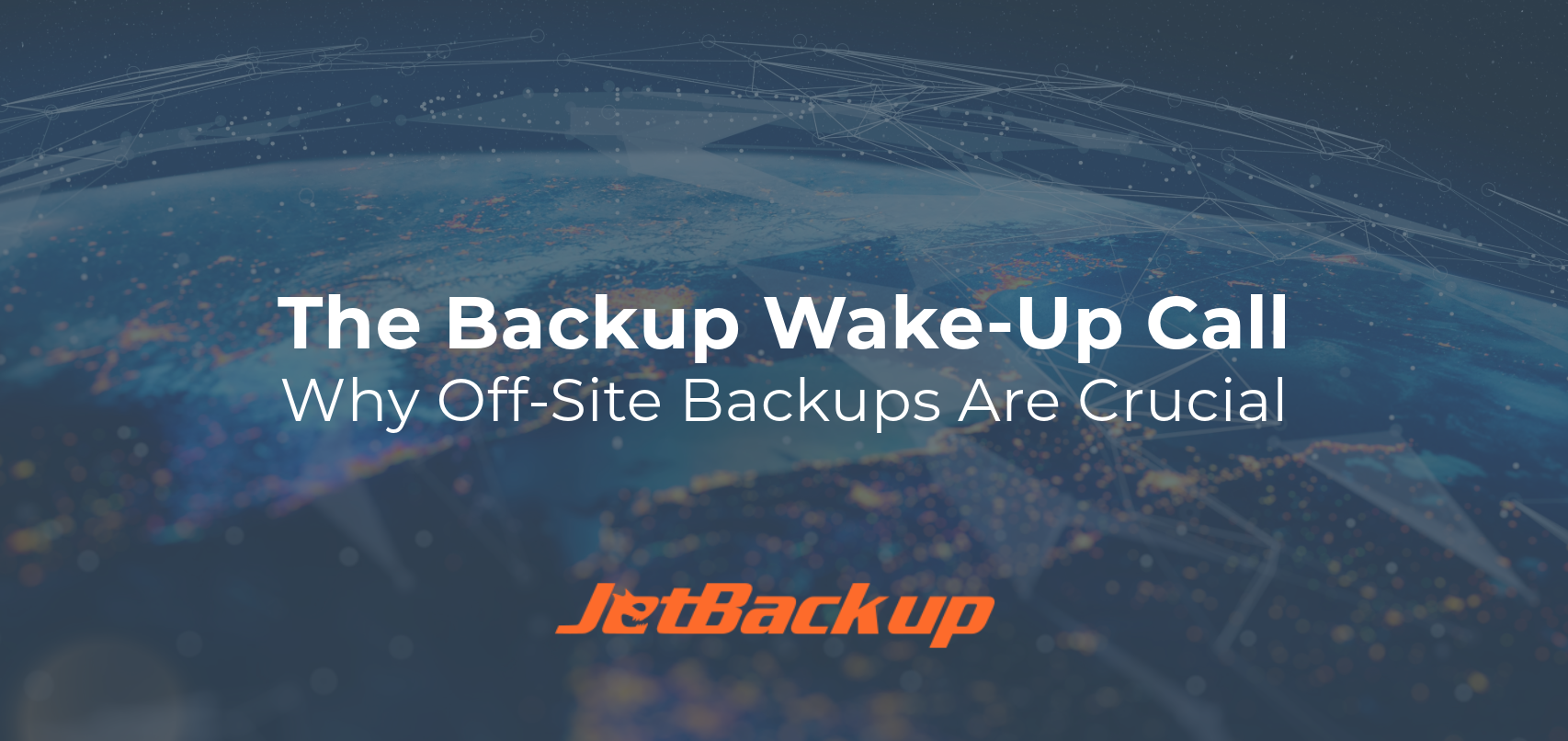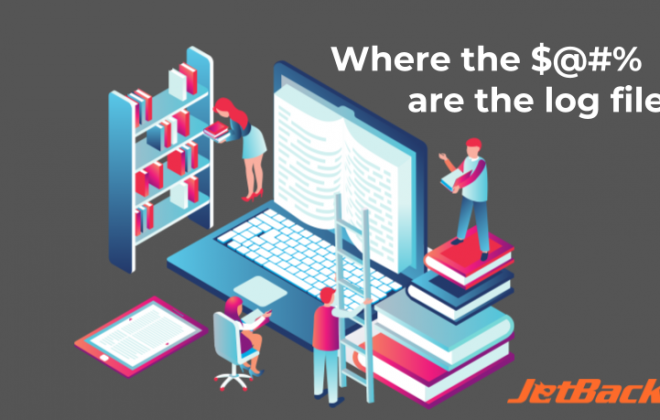The Backup Wake-Up Call
Imagine waking up one day to discover your website is not just down but gone. Then you find out it’s not just your site; it seems to be a catastrophic server failure. As you scramble to figure out what’s wrong, you receive the news you never thought you’d hear: the data center housing your servers has gone up in flames.
This might sound like a doomsday scenario, but it’s far from fiction. On March 10th, 2021, OVH’s data center in Strasbourg, France, went up in flames and obliterated 30,000 servers, causing significant data loss for countless companies. Those without off-site backups were left in utter chaos, realizing too late the importance of an ironclad backup strategy.
The Stark Reality of Data Loss
In our hyper-connected world, data is the heart of any business. Losing data, whether your website, customer records, or vital business files, can spell disaster. The OVH incident was a harsh wake-up call, but it shouldn’t take a calamity to highlight the critical importance of reliable backups.
The web is more powerful and more vulnerable than ever. Bad actors are constantly looking for weaknesses to exploit, data to hijack, and digital assets to hold ransom (Read more in our Ransomware blog post). Relying on a single backup point is a gamble no business can afford.
Off-Site Backups: Your Safety Net
Off-site backups are your insurance policy, ensuring your data is stored away from your primary servers. This separation is crucial because it means that even if your data center is compromised by hardware failure, fire, natural disaster, or cyberattack, your backups are safe and can be quickly accessed to restore normal operations.
The Limitations of Daily Backups
Many web hosts offer daily backups as part of their service, and while that’s better than nothing, it’s not enough for sites with high activity. Daily backups only capture a snapshot of your site once every 24 hours, leaving a potentially dangerous gap where data could be lost if disaster strikes. For businesses that need up-to-the-minute accuracy, daily backups fall short.
Crafting Your Backup Schedule: Finding the Right Rhythm
Your backup frequency should match your site’s traffic and content creation patterns. For a blog or static site, daily backups should be enough. But if you’re running a large e-commerce store with constant transactions, you’ll need something much more robust.
E-commerce sites can be busy hubs of data points, with every hour bringing new orders, updated inventory, and critical customer data. Losing even an hour’s worth of data can lead to lost sales, unhappy customers, and the nightmare of reconciling records. For large online stores, hourly database backups aren’t just a precaution; they’re essential. JetBackup simplifies this by allowing you to schedule hourly backups of the entire site or just the database, ensuring your most recent data is always protected.
The JetBackup Advantage
JetBackup offers a solution for managing both scheduled and on-demand backups. It supports many off-site destinations, including AWS, Google Cloud, and Dropbox, allowing you to choose where your data
lives.
Ultimately, the ability to quickly restore your site from a recent backup can mean the difference between a minor stumble and a major crisis. Don’t leave your website’s safety to chance. Implement a backup strategy that suits your needs and leverage backups to stay ahead of potential threats.
Tags In
Subscribe to our newsletter
Get expert backup tips, the latest industry trends, and exclusive updates on all things JetBackup. Be the first to know—delivered straight to your inbox.
Start your FREE trial
of Jetbackup Today!
Get Started Now!
No credit card required.
Install Jetbackup in minutes.
Latest Posts
Categories
Archive
- December 2025
- November 2025
- October 2025
- September 2025
- July 2025
- June 2025
- May 2025
- April 2025
- March 2025
- February 2025
- January 2025
- December 2024
- November 2024
- October 2024
- September 2024
- August 2024
- July 2024
- May 2024
- April 2024
- February 2024
- January 2024
- December 2023
- November 2023
- October 2023
- August 2023
- July 2023
- April 2023
- January 2023
- August 2022
- May 2022
- March 2022
- January 2022
- December 2021
- November 2021
- October 2021
- September 2021
- August 2021
- July 2021
- June 2021
- May 2021
- March 2021
- February 2021
- January 2021
- December 2020
- October 2020
- August 2020
- April 2020
- March 2020
- February 2020
- January 2020
- December 2019
- November 2019
- September 2019
- August 2019
- July 2019
- June 2019
- April 2019
- March 2019
- January 2019
- December 2018
- November 2018
- October 2018
- September 2018
- August 2018
- May 2018
- April 2018
- March 2018
- February 2018
- January 2018
- December 2017
- November 2017





